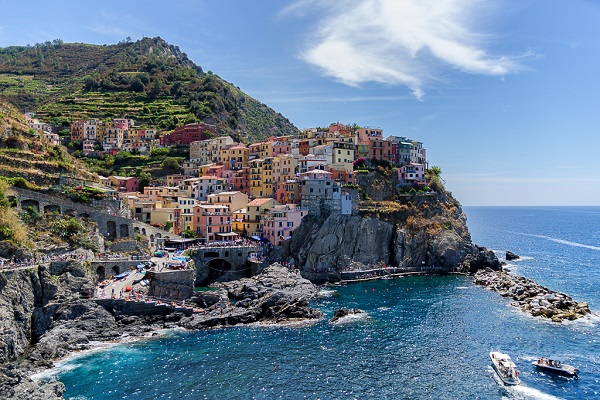CSS -dekking / transparantie
De opacityeigenschap specificeert de dekking/transparantie van een element.
Transparante afbeelding
De opacityeigenschap kan een waarde aannemen van 0,0 - 1,0. Hoe lager de waarde, hoe transparanter:

dekking 0.2

dekking 0,5

dekking 1
(standaard)
Voorbeeld
img {
opacity: 0.5;
}
Transparant zweefeffect
De opacityeigenschap wordt vaak samen met de :hover
selector gebruikt om de dekking te wijzigen bij mouse-over:



Voorbeeld
img {
opacity: 0.5;
}
img:hover {
opacity: 1.0;
}
Voorbeeld uitgelegd
Het eerste CSS-blok is vergelijkbaar met de code in voorbeeld 1. Daarnaast hebben we toegevoegd wat er moet gebeuren als een gebruiker over een van de afbeeldingen zweeft. In dit geval willen we dat de afbeelding NIET transparant is wanneer de gebruiker erover zweeft. De CSS hiervoor is opacity:1;.
Wanneer de muisaanwijzer van de afbeelding af beweegt, wordt de afbeelding weer transparant.
Een voorbeeld van een omgekeerd hover-effect:



Voorbeeld
img:hover {
opacity: 0.5;
}
Transparante doos
When using the opacity property to add transparency to the background of an element, all of its child elements
inherit the same transparency. This can make the text inside a fully transparent element hard to read:
opacity 1
opacity 0.6
opacity 0.3
opacity 0.1
Example
div {
opacity: 0.3;
}
Transparency using RGBA
If you do not want to apply opacity to child elements, like in our example above, use RGBA color values. The following example sets the opacity for the background color and not the text:
100% opacity
60% opacity
30% opacity
10% opacity
You learned from our CSS Colors Chapter, that you can use RGB as a color value. In addition to RGB, you can use an RGB color value with an alpha channel (RGBA) - which specifies the opacity for a color.
An RGBA color value is specified with: rgba(red, green, blue, alpha). The alpha parameter is a number between 0.0 (fully transparent) and 1.0 (fully opaque).
Tip: You will learn more about RGBA Colors in our CSS Colors Chapter.
Example
div {
background: rgba(76, 175, 80, 0.3) /* Green background with 30%
opacity */
}
Text in Transparent Box
This is some text that is placed in the transparent box.
Example
<html>
<head>
<style>
div.background {
background: url(klematis.jpg) repeat;
border: 2px solid black;
}
div.transbox {
margin: 30px;
background-color: #ffffff;
border: 1px solid black;
opacity: 0.6;
}
div.transbox p {
margin: 5%;
font-weight: bold;
color: #000000;
}
</style>
</head>
<body>
<div class="background">
<div class="transbox">
<p>This is some text that is placed in the transparent box.</p>
</div>
</div>
</body>
</html>
Example explained
First, we create a <div> element (class="background") with a background image, and a border.
Then we create another <div> (class="transbox") inside the first <div>.
The <div class="transbox"> have a background color, and a border - the div is transparent.
Inside the transparent <div>, we add some text inside a <p> element.
